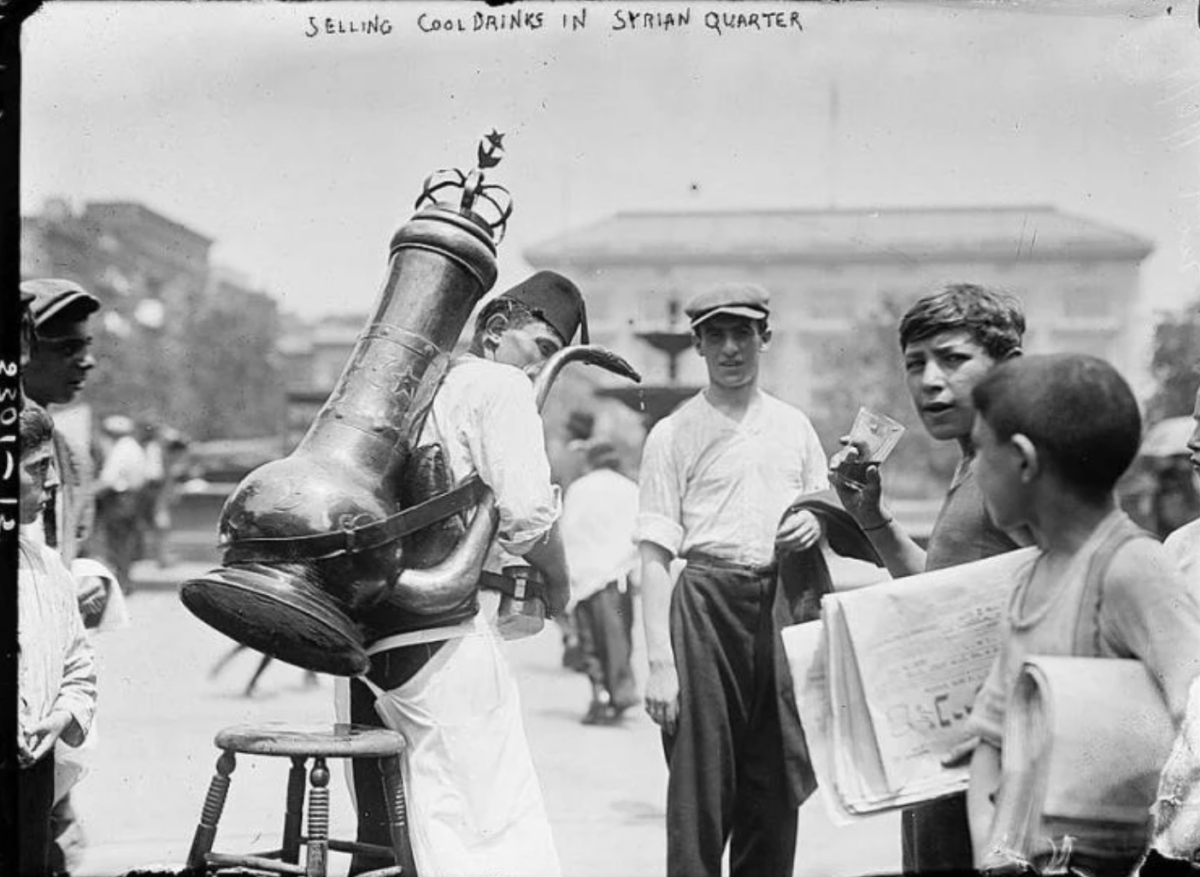In his travelogue "New York, portrait d'une ville arabe" (New York, portrait of an Arab city), published by Bibliomonde, the historian, museologist, exhibition curator and writer retraces the steps of Arab-Americans in the Big Apple by bicycle.
Between the end of the nineteenth century and the beginning of the twentieth, they were estimated to number around 950,000. "Historians put forward the figure of 90% Christians, mainly Maronites, Melkites and Greek Orthodox. The remaining 10% were Druze and Sunni Muslims. Some historians estimate that this first wave included around 10% Palestinians. They were mainly farmers, craftsmen and small businessmen. There were several reasons why they decided to emigrate: the traditional silk industry in Mount Lebanon was in serious recession. The choice to emigrate was then based on their refusal to join the Ottoman army during the Balkan War (1912-1913) and the First World War (1914-1918). Little Syria" soon spread to lower Manhattan, a neighbourhood with the smell of hookah and Turkish coffee.
